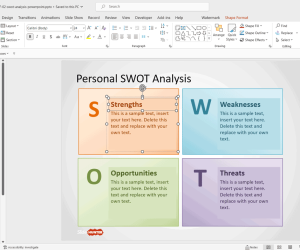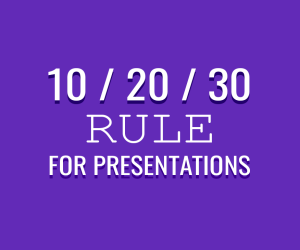In order to get to the root of a problem, the most popular problem solving technique is to find out the cause of a problem or concern. This effective approach is commonly referred as the ‘5 Whys’ which actually has the main goal of asking ‘Why’ 5 times to reach the best possible solution or outcome. Founded in 1970, this method is nowadays implemented in several organizations.

5 Whys Root Cause Analysis
The major advantage of this technique is that it’s simpler to execute and learn. Not just this, it does not necessitates any statistical analysis to be utilized and allows determining the relationship between various root causes of a problem. Thus, the 5 Whys Root Cause Analysis can be an effective tool, which can be applied to almost every problem. Whether the problem relates to your day to day life or business life, it’s highly beneficial.
Now, the question coming to your mind must be what are the ways to use this methodology? Here are some significant points that will give you a fair idea about this valuable tool:
- This method works well when you have information in abundance regarding the problem such as: its conditions and background. Only then you will be able to answer all the 5 whys.
- To utilize this technique more efficiently, you will required to assemble a team of people. Further on, it will allow you to gain opinions and viewpoints from various angles which will certainly lead to some great answers that you might not have even thought of. By taking advantage of Root Cause Analysis templates for PowerPoint, the presenters can create compelling slides to present the results of a root cause analysis.
- Now, the time has come for you to ask whys 5 times and make an analysis of each of them properly. However, always keep in mind the fact that you should prevent the problem from its occurrence time and again.
- Find the best solution that addresses the root cause of a problem. Therefore, when you have the right answer its better to follow the back why chain to find out if the solution will be able to solve the problem effectively or not.
- If there is any necessity to re-valuate, repeat the 5 why procedure to revamp the solution. It will help you find a different solution if you are continuing to ask why’s to get to root cause.
Henceforth, the above mentioned aspects will surely help you in determining the major cause of the issues and the ways to reach to the solution which is acceptable by the team members. No doubt, this strategy has worked wonders and has shown improvements considerably.


